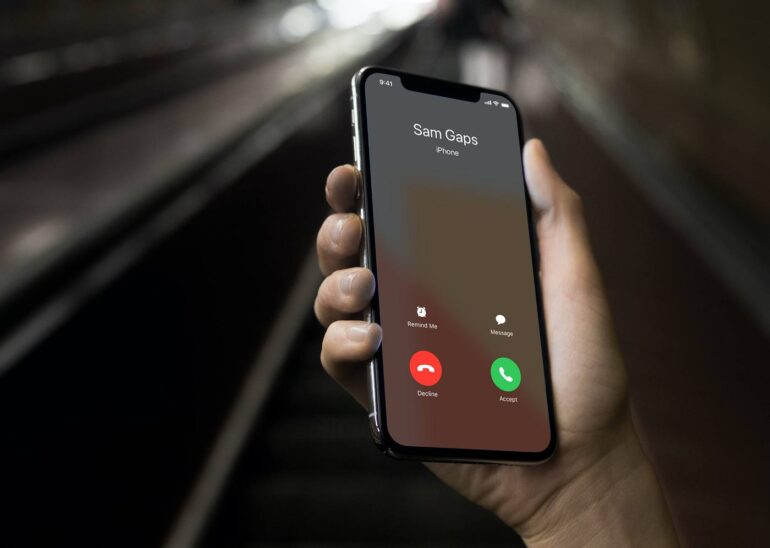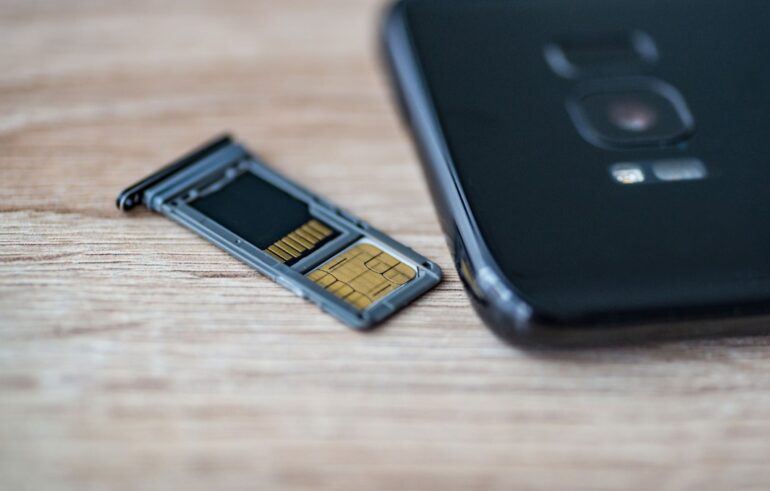
Staying connected with friends and family abroad has never been easier thanks to international phone cards.
These nifty little cards allow you to make calls abroad at rates that are often much cheaper than your regular cell phone or landline plan.
However, with so many options out there, finding the right international phone card can be a daunting task.
That’s why I’ve put this helpful guide together, to help you find the best international phone card that suits your needs and budget.
Why Use an International Phone Card?
Before we dive into the nitty-gritty of choosing the right card, let’s quickly go over the advantages of using an international phone card:
- Cost savings ─ International phone cards offer significantly lower rates compared to traditional long-distance calling plans, especially for frequent callers.
- Convenience ─ No need to fiddle with complex dialling codes or worry about exorbitant roaming charges when travelling abroad.
- Accessibility ─ Phone cards can be used from any landline or mobile phone, making them a versatile option for staying connected.
Now that we’ve established the benefits, let’s explore how to find the perfect international phone card for your needs.
Step 1 ─ Identify Your Calling Habits

The first step in finding the right international phone card is to assess your calling habits.
Consider the following factors:
- Destination countries ─ Which countries do you need to call most frequently?
- Call duration ─ How long do your typical international calls last?
- Call frequency ─ How often do you make international calls (daily, weekly, monthly)?
By understanding your calling patterns, you can narrow down your search to cards that offer the best rates for your specific needs.
Step 2 ─ Compare Rates and Plans
Once you’ve identified your calling habits, it’s time to start comparing rates and plans offered by various international phone card providers. Here are some factors to consider:
Rates
- Per-minute rates ─ Look for providers that offer competitive per-minute rates for the countries you call most frequently.
- Connection fees ─ Some providers charge a small fee for connecting each call, which can add up quickly if you’re making short calls.
- Rate plans ─ Many providers offer discounted rate plans for high-volume callers or those willing to prepay for a set number of minutes.
Plans and Features
- Expiration dates ─ Check the expiration dates on any prepaid minutes or plans you’re considering. Some providers offer rollover options or longer validity periods.
- Additional features ─ Look for providers that offer useful features like being able to call from other countries.
Reputation and Customer Service
- Customer support ─ Consider providers that offer reliable customer support channels, such as phone, email, or live chat, in case you need assistance.
Step 3 ─ Try Before You Buy

Many international phone card providers offer trial periods or free minutes to test their service before committing to a long-term plan. Take advantage of these offers to ensure the call quality and rates meet your expectations.
Step 4 ─ Consider Bundling Options
If you frequently make international calls and use other telecommunication services, such as home phone or internet, explore bundling options from your current provider. Many companies offer discounted rates or bundled packages that could save you money in the long run.
Step 5 ─ Be Wary of Hidden Fees
While comparing rates and plans, be on the lookout for any hidden fees or charges that could potentially negate the advertised cost savings. Some providers may charge fees for account maintenance, expired minutes, or even connecting calls from certain networks or locations.
Step 6 ─ Understand the Terms and Conditions
Before purchasing an international phone card, thoroughly review the provider’s terms and conditions. Pay close attention to policies regarding refunds, expiration dates, and any restrictions or limitations on usage.
Step 7 ─ Stay Informed and Reevaluate Periodically
The international calling market is constantly evolving, with new providers and plans emerging regularly. Stay informed about the latest offerings and reevaluate your international phone card periodically to ensure you’re still getting the best deal.
Additional Tips and Considerations

Prepaid vs. Subscription-Based Plans
Prepaid international phone cards allow you to pay upfront for a set amount of minutes, while subscription-based plans often require a monthly or annual fee. Consider your calling habits and budget to determine which option suits you better.
Mobile Apps and VoIP Services
In addition to traditional phone cards, explore mobile apps and Voice over Internet Protocol (VoIP) services like Skype or WhatsApp, which can provide even more cost-effective options for international calling, especially if you have access to a stable internet connection.
Calling from Landlines vs. Mobile Phones
Some international phone card providers may offer different rates or restrictions depending on whether you’re calling from a landline or a mobile phone. Be sure to check the details for your specific use case.
Calling Card Security
To protect against fraud or unauthorized use, many phone card providers offer the option to set a Personal Identification Number (PIN) or other security measures. Take advantage of these features to safeguard your account.
By following these steps and considering the additional tips, you’ll be well on your way to finding the best international phone card that meets your communication needs while keeping your costs in check. Happy calling!
